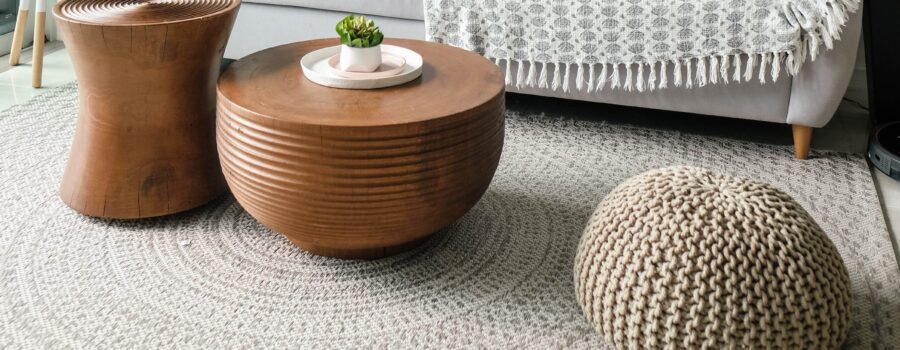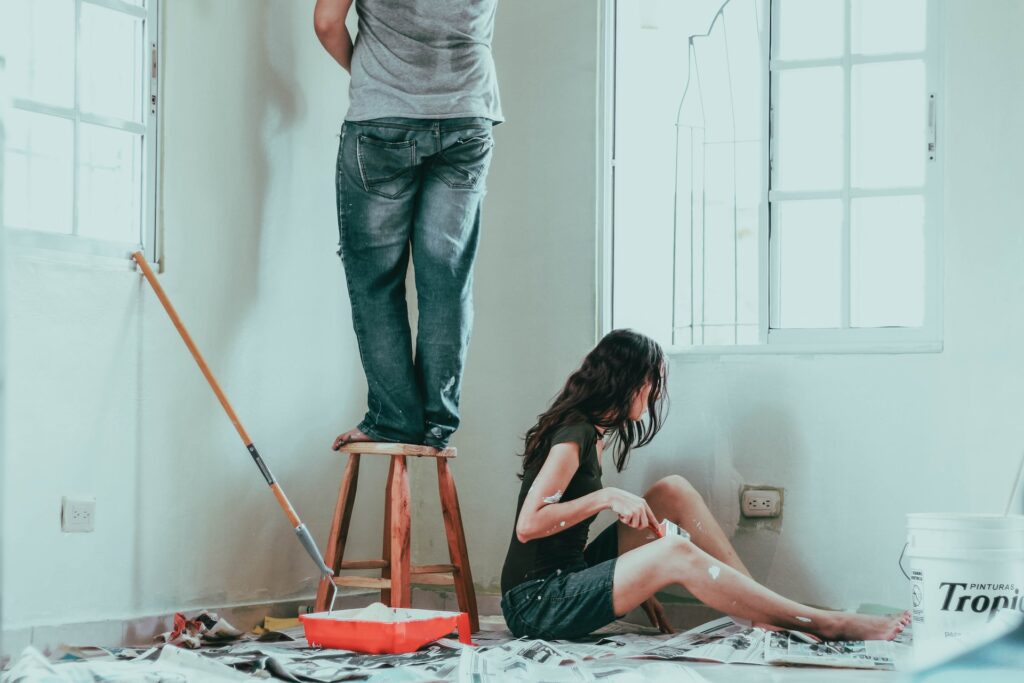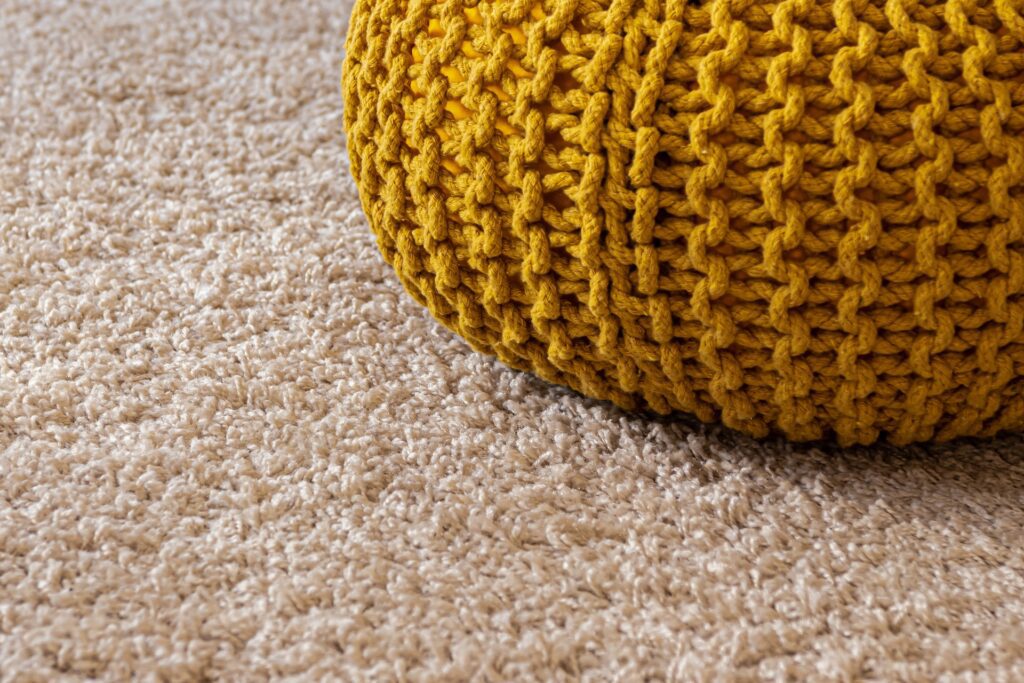
Carpet Care Confusion? Demystifying Landlord Carpet Replacement Law
Carpet replacement is crucial to maintaining rental properties, ensuring they remain comfortable and habitable for tenants. In California, there are specific laws and regulations that both landlords and tenants must adhere to when it comes to carpet replacement. In this comprehensive guide, we will delve into the details of California’s landlord carpet replacement law, providing landlords and tenants with a clear understanding of their rights and responsibilities.
Landlord Responsibilities Regarding Carpets in Rental Units
In California, landlords bear the legal responsibility to provide habitable rental units for their tenants. This encompasses ensuring that the carpets in these units are in a condition that is both clean and safe for occupancy. While California law does not explicitly mandate a specific timeline for carpet replacement, landlords are nevertheless obligated to address any carpet-related issues that pose a potential health or safety hazard to their tenants.
One significant factor for landlords to consider is the “80 carpet rule.” This informal guideline recommends that tenants cover at least 80% of walkable areas with carpeting to minimize noise levels. Although not a legal requirement, incorporating this rule into the lease agreement can promote a more harmonious and peaceful living environment for all residents.
Maintaining Habitable Carpets
To fulfill their legal obligations and maintain habitable carpets, landlords should implement the following measures:
- Regular Maintenance: Establish a routine carpet cleaning schedule, ideally every six to twelve months, depending on the level of foot traffic. Professional cleaning methods like steam cleaning or shampooing are recommended for thorough removal of dirt, stains, and allergens.
- Prompt Repairs: Address any carpet damage promptly, including torn areas, frayed edges, or excessive wear and tear. Timely repairs not only enhance the appearance of the rental unit but also prevent further deterioration and potential safety hazards.
- Pest Control: Implement effective pest control measures to prevent infestations of carpet beetles, moths, or other insects that can damage carpets. Regular inspections and prompt treatment of infestations are crucial in protecting the carpets and ensuring a healthy living environment.
- Tenant Education: Provide tenants with clear instructions on proper carpet care, including vacuuming regularly, avoiding spills and excessive moisture, and reporting any damage or concerns immediately. Educating tenants can help prolong the lifespan of carpets and minimize the need for frequent replacements.
Compliance with the “80 Carpet Rule”
Promoting a peaceful and harmonious living environment for all residents is a crucial aspect of responsible property management. Incorporating the “80 carpet rule” into the lease agreement can effectively address noise concerns and contribute to a more pleasant living experience for both landlords and tenants.
By adhering to these guidelines and taking proactive measures to maintain the condition of carpets in their rental units, landlords can fulfill their legal obligations, uphold a high standard of habitability, and promote a peaceful and harmonious living environment for their tenants.

Tenant Rights and Responsibilities Regarding Carpets in Rental Units
In California, tenants enjoy specific rights regarding carpet maintenance. They are not liable for ordinary wear and tear on carpets, which encompasses the natural deterioration of carpet due to regular usage, aging, and furniture impressions. Landlords are prohibited from holding tenants responsible for such wear and tear, nor can they be held accountable for carpet defects that existed prior to the tenant’s occupancy.
However, tenants bear the responsibility for maintaining the carpet and preventing damage caused by negligence or carelessness. Tenant-induced damage includes deep-seated stains, tears, pet stains, flea infestations, excessive dirt, or subfloor damage.
Tenant Responsibilities for Carpet Care
To uphold their responsibilities and maintain the carpets in their rental units, tenants should adhere to the following guidelines:
- Regular Maintenance: Regularly vacuum the carpets to remove dirt, dust, and debris. A vacuuming frequency of once or twice a week is generally recommended, depending on the level of foot traffic.
- Prompt Stain Removal: Address spills and stains promptly to prevent them from becoming embedded in the carpet fibers. Blot up liquid spills immediately with a clean, absorbent cloth. For solid spills, carefully scrape away the residue before cleaning with a suitable stain remover.
- Protective Measures: Utilize protective mats or rugs under heavy furniture items to minimize indentations and prevent excessive wear on the carpet.
- Pet Care: If pets reside in the rental unit, take appropriate measures to prevent pet stains, scratching, and flea infestations. Regularly groom pets, provide scratching posts, and consider using pet-safe enzyme cleaners to eliminate pet odors.
- Reporting Damage: Promptly inform the landlord of any carpet damage, including tears, burns, or excessive soiling. Timely reporting allows for prompt repairs and prevents further deterioration.
Avoiding Liability for Carpet Damage
By exercising due care and adhering to these guidelines, tenants can minimize the risk of being held liable for excessive carpet damage. Regular maintenance, prompt stain removal, protective measures, responsible pet care, and timely reporting of damage can significantly reduce the likelihood of incurring charges for carpet replacement or repair.
Tenants should also take note of the carpet’s condition upon move-in and document any pre-existing damage. This documentation can serve as evidence and protect tenants from being held responsible for damage that was not caused by their occupancy.
By understanding their rights and responsibilities, tenants can contribute to maintaining the condition of carpets in their rental units and avoid unnecessary liability for carpet damage.
When Is Carpet Replacement Necessary?
The need for carpet replacement can vary based on several factors, including the quality of the carpet, the number of occupants in the home, and the maintenance it receives. While no specific law requires replacement after a set number of years, the consensus is that the expected useful life of a carpet in a rental property is around seven years.
Health and safety concerns can also prompt carpet replacement. If the carpet poses a risk to tenants’ health or safety, such as mold or severe damage, it should be replaced promptly.
Prorating Costs for Carpet Replacement
Determining the cost of carpet replacement and how it should be allocated between landlords and tenants is a crucial consideration. In California, charges are typically prorated based on the remaining useful life of the carpet. For example, if a rug were expected to last ten years but needs replacement after seven years due to tenant damage, the tenant would be responsible for the depreciation over those three years.

Avoiding Disputes over Carpet Replacement: A Collaborative Approach
Maintaining a harmonious landlord-tenant relationship is crucial for ensuring a pleasant and stress-free living environment. Disputes over carpet replacement can often disrupt this relationship, leading to misunderstandings, disagreements, and potential legal recourse. To avoid such conflicts, both landlords and tenants can adopt proactive measures to foster transparency, open communication, and responsible carpet care practices.
- Pre-Move-In Inspection: Prior to the tenant’s occupancy, it is essential for the landlord or property manager to conduct a thorough inspection of the carpets, documenting their condition through detailed photographs and written descriptions. This baseline documentation serves as a reference point for assessing any changes or damage that may occur during the tenancy. It is also advisable to involve the tenant in this pre-move-in inspection, allowing them to familiarize themselves with the carpet’s condition and provide any input or observations.
- Open Communication: Maintaining open communication between landlords and tenants is paramount in preventing disputes over carpet replacement. Landlords should encourage tenants to report any carpet issues promptly, such as stains, tears, or excessive wear and tear. This early communication allows for timely assessment and potential repair or replacement before the damage becomes more severe or costly. Tenants, in turn, should be responsive to landlords’ inquiries about carpet maintenance and provide access for inspections when necessary.
- Security Deposit Utilization: Security deposits are often a source of contention in carpet replacement disputes. Landlords are entitled to deduct from the security deposit for damages beyond normal wear and tear, but tenants may dispute the extent of damage and the associated costs. To avoid such disputes, landlords should clearly outline in the lease agreement the specific criteria for assessing carpet damage and the applicable deductions from the security deposit. Tenants, on the other hand, should take reasonable care to prevent excessive carpet damage and maintain the carpets in accordance with the lease agreement.
- Professional Carpet Cleaning: While landlords are generally responsible for maintaining the overall habitability of the rental unit, including the carpets, tenants also play a significant role in preserving the condition of the carpets. Regular vacuuming, prompt stain removal, and avoiding excessive wear and tear are essential tenant responsibilities. In addition, both landlords and tenants may consider sharing the cost of professional carpet cleaning at regular intervals to maintain the carpets’ appearance and extend their lifespan.
- Mediation and Arbitration: In cases where disputes over carpet replacement cannot be resolved through direct communication, landlords and tenants can explore alternative dispute resolution (ADR) methods such as mediation or arbitration. These processes involve a neutral third party who helps the parties reach an agreement without the need for costly and time-consuming litigation.
By implementing these proactive measures and fostering a spirit of collaboration, landlords and tenants can minimize the risk of disputes over carpet replacement and maintain a harmonious living environment.
Rent Control and Carpet Replacement
Rent control regulations in California play a significant role in the landlord-tenant relationship. These regulations limit the frequency and extent of rent increases. While they do not specifically address carpet replacement, they can indirectly impact maintenance practices in rental properties. Landlords should be aware of both statewide and local rent control laws and how they may affect their responsibilities regarding carpet replacement.
Conclusion
Understanding California’s landlord carpet replacement law is crucial for landlords and tenants. By recognizing their respective rights and responsibilities, they can maintain a positive landlord-tenant relationship while ensuring that rental properties remain safe and comfortable. Clear communication, documentation, and adherence to relevant laws are vital in avoiding disputes and promoting a harmonious living environment for all parties involved.

Jason Somers, President & Founder of Crest Real Estate
With over 15 years of professional experience in the Los Angeles luxury real estate market, Jason Somers has the background, judgement and track record to provide an unparalleled level of real estate services. His widespread knowledge helps clients identify and acquire income producing properties and value-ad development opportunities.
Learn more about Jason Somers or contact us.



